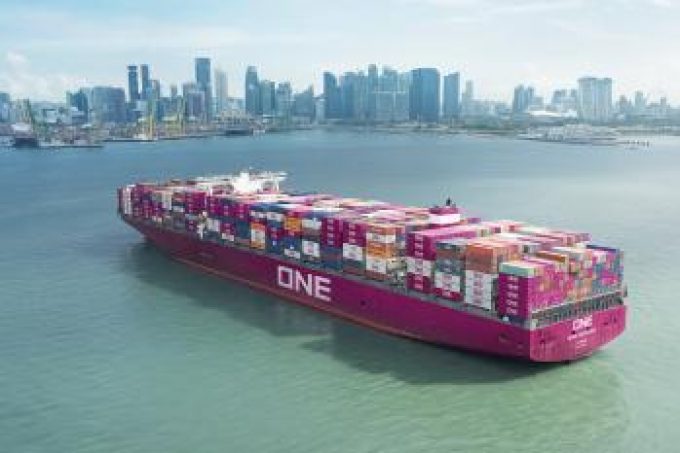Bonuses tumble for Taiwan liner employees after profit plunge
With substantially reduced profits a foregone conclusion, the employees of Taiwan’s two biggest liner operators, ...

The Ocean Network Express (ONE) management “underestimated the initial launch resource requirement” in April, resulting in a significant loss of business and a $400m impact on its bottom line.
This was the stark admission of chief executive Jeremy Nixon to a group of investors in Tokyo this ...

Comment on this article